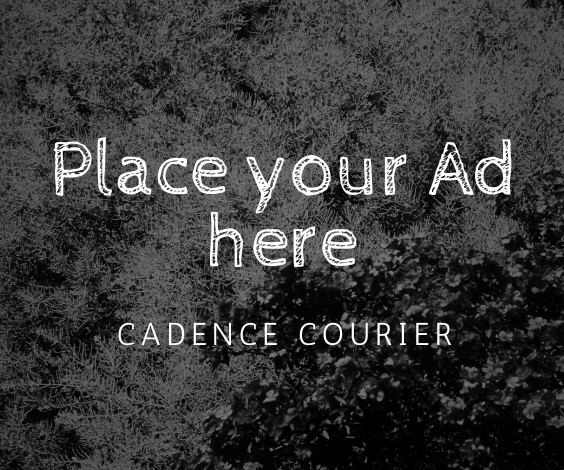Digital Decluttering: Streamlining Digital Life for Better Focus
In today’s technology-driven world, digital devices are central to daily life, from work and communication to entertainment and personal organization. As the volume of digital information grows, many individuals are finding the need to declutter their digital spaces to reduce overwhelm, improve focus, and boost productivity. Digital decluttering has become a popular practice, involving everything from organizing files and reducing app usage to minimizing screen time for mental clarity and balance.
The Importance of Digital Decluttering
Digital clutter can be just as mentally draining as physical clutter. Endless notifications, messy file structures, and an overload of apps can create stress and make it harder to focus. By decluttering their digital devices, individuals can create a cleaner, more streamlined digital space, making it easier to find information and complete tasks without distraction. Reducing digital clutter also contributes to a sense of control, which can lead to improved mental well-being.
Organizing Files for Quick Access
A primary focus of digital decluttering is organizing files, which involves sorting, categorizing, and labeling documents, photos, and media for easy access. Many are creating systematic file structures on their computers and cloud storage, using folders and consistent naming conventions. This not only saves time but also prevents the frustration of searching through hundreds of unsorted files. Regularly backing up essential documents and deleting outdated or redundant files are additional steps that enhance digital organization.
Reducing App Usage to Minimize Distractions
Apps can be both useful and overwhelming, especially with the rise of notifications and constant updates. Many individuals are evaluating the apps they truly need and removing those that add little value. By keeping only essential and frequently used apps, people reduce the clutter on their devices and minimize the potential for distractions. Many also choose to turn off notifications or place limits on certain apps to keep screen time under control and maintain focus on important tasks.
Minimizing Screen Time for Mental Clarity
Excessive screen time has been linked to stress, eye strain, and reduced productivity. As part of digital decluttering, individuals are setting boundaries around their screen use. Strategies include setting specific times for checking emails, using apps that monitor and limit screen time, and adopting “digital detox” periods each day. By reducing time spent on screens, individuals can improve their mental clarity, focus better on tasks, and experience more meaningful offline moments.
Decluttering Email Inboxes for Stress Reduction
A cluttered email inbox can be a major source of stress. Many are adopting digital decluttering practices to achieve “inbox zero” by unsubscribing from unnecessary newsletters, creating folders for organizing important messages, and setting filters to automatically sort incoming emails. Checking emails at designated times rather than continuously throughout the day helps reduce the constant influx of information and keeps inboxes more manageable.
Adopting Cloud Storage for Seamless Organization
Cloud storage is another tool that aids in digital decluttering, providing a centralized location for important documents and files. By storing information in the cloud, users can reduce device clutter and access files from multiple devices with ease. Many are also using cloud-based collaboration tools to share documents with colleagues, which helps keep digital workspaces organized and reduces the need to email multiple file versions back and forth.
Creating Intentional Digital Spaces
Digital decluttering is not only about reducing clutter but also about creating intentional digital spaces that align with individual goals and preferences. Many people are customizing their desktops, home screens, and folders with themes or layouts that enhance productivity and are aesthetically pleasing. A clean, organized digital environment promotes focus and motivation, transforming devices from sources of distraction into tools for purposeful engagement.
The Long-Term Benefits of Digital Decluttering
Digital decluttering offers numerous long-term benefits, including improved focus, better time management, and increased productivity. By streamlining digital spaces, individuals are better equipped to handle their tasks and prioritize essential information. This practice also encourages mindful technology use, allowing people to engage with their devices in a way that supports rather than hinders their goals. With less digital clutter, many find they have more time and mental energy to dedicate to both professional and personal pursuits.
Maintaining a Decluttered Digital Life
To keep digital clutter from building up again, many individuals are adopting regular digital decluttering routines. Setting aside time each month to review files, delete unnecessary apps, and reorganize digital spaces can help maintain order. Practicing mindful app and file usage, avoiding unnecessary downloads, and setting specific digital goals are also strategies that contribute to a cleaner digital environment over the long term.
In conclusion, digital decluttering has become a valuable tool for achieving mental clarity and productivity in a world saturated with digital information. By organizing files, reducing app usage, minimizing screen time, and creating intentional digital spaces, individuals are streamlining their digital lives. As this practice grows in popularity, digital decluttering offers a pathway to a more focused, balanced, and productive lifestyle.

